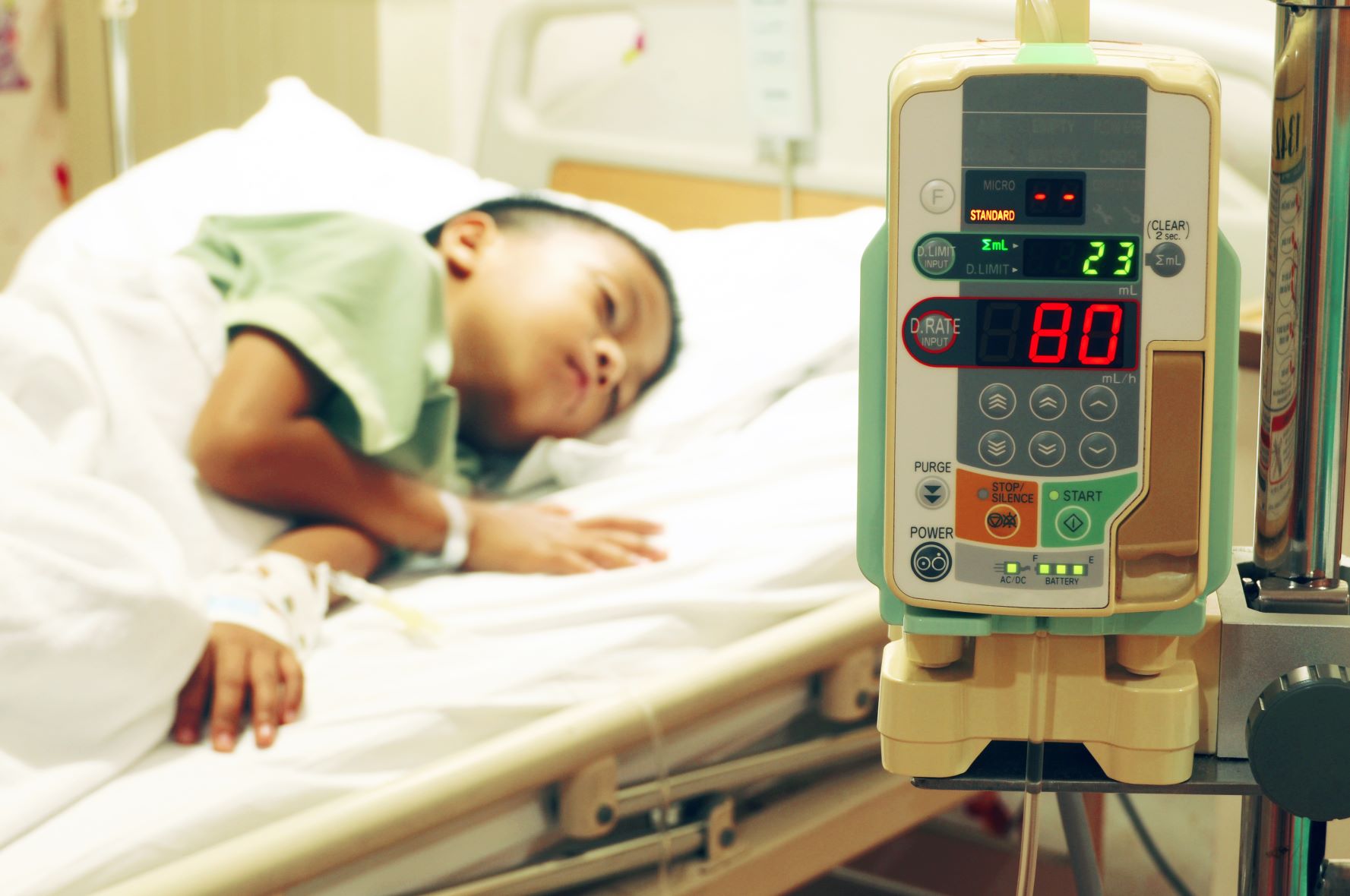DNP Student’s Project Presented at National Policy Conference
November 09, 2021 Libby Zay
A DNP student’s classroom assignment urging nurses to rethink overnight vital sign assessments became a presentation at a national policy conference.
In Notes on Nursing, the first book published by Florence Nightingale in 1860, the pioneer of modern nursing warns never to wake a patient, intentionally or accidentally. Yet, at many of today’s hospitals, it’s difficult for patients to get a good night’s rest at the time when they need it most. In addition to the bright lights and the loud drum of machines, patients face constant interruptions due to vital sign assessments and other interventions.
During a night shift as a pediatric medical-surgical nurse, University of Maryland School of Nursing Doctor of Nursing Practice Pediatric Primary Care Nurse Practitioner specialty student Kaila R. Ward, BSN, RN, noticed firsthand the ramifications of frequent overnight vital sign assessments on her patients’ ability to heal and recover.
“The current nursing culture guides nurses to monitor vital signs at least every four hours on all patients, no matter their acuity,” Ward explains. “Overnight vital sign assessments on stable patients every four hours are only negatively affecting their recovery.”
Ward recalls a long-term patient from early in her nursing career, 9-year-old Evan, who was very sick and required many interventions.
At first, Evan was “the perfect patient,” she says. “He always took his medications on time, worked well with physical therapy, and actively inquired about his treatment.” As the months went by and Evan’s health became stable, he was only hospitalized to receive intermittent IV medications and await a liver transplant.
Unfortunately, Evan was a light sleeper. Just as Nightingale warned in 1860, the patient struggled to fall asleep again once he was roused. In the months leading up to his liver transplant, Evan’s lack of sleep caused him to sleep throughout the day and refuse to participate in his care.
“Physically, the patient was drained. But even worse, mentally and emotionally he struggled to cope,” Ward explains. “Evan and all patients meeting a low-acuity criterion deserve a longer length of time in between assessments to ensure a healthy sleep cycle.”
Ward dug further into her observations in NURS 810: Evidence-Based Health Policy, a required course for the DNP program in which students select a policy issue and complete several assignments based on it.
“One of the course objectives is to develop an evidence-based policy message and communication plan to educate stakeholders,” says Andrea Brassard, PhD, FNP-BC, FAANP, FAAN, associate professor, who led the course.
Ward found that the evidence linking sleep and good health matched her observations of Evan and other patients: Studies show how sleep disruptions due to unnecessary overnight vital sign monitoring are associated with delirium, cognitive impairment, weakened immunity, hypertension, increased stress, and mortality. And although new technology exists, such as wearable headbands that can collect vital signs passively and in real time, the nursing culture still overwhelmingly promotes that nurses wake patients every four hours.
Brassard says that she and Ward conferred at length about who would be the target for the message and ultimately recommended the American Academy of Nursing (AAN) Expert Panel on Acute and Critical Care, which focuses on informing health policy and practices in its namesake areas and promotes the exchange of information and ideas with other nursing and professional groups. On the AAN list of Twenty-Five Things Nurses and Patients Should Question, waking the patient for routine care “unless the patient’s condition or care specifically requires it” is No. 4.
When the call came out for abstracts for the AAN 2021 Health Policy Conference, Brassard thought Ward’s topic was ripe for the theme, Healthy Lives for All People: Advancing Equity, Science, and Trust. After developing an abstract and having it accepted, the pair fleshed out a poster, “Let’s Prioritize Sleep and Stop Waking Stable Patients,” and co-presented at the conference in Washington, D.C., Oct. 7 - 9.
“It was amazing to see how a student’s assignment idea turned into a poster for the most prestigious nursing policy conference,” Brassard says.